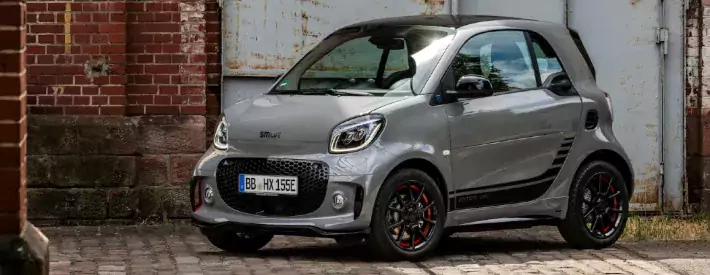Why more people are getting interested in vehicle weight

With so much cutting-edge tech discussion concerning zero emissions and self-driving, a new motoring acronym, LACES, highlights a fundamental element of vehicle design that seems to have gone missing recently: weight.
LACES stands for “lightweight, automated, connected, electric and shared”, neatly nutshelling five much-vaunted cornerstones of future road transport.
The term is well known by Steve Kendall, product manager at the Driver and Vehicle Standards Agency (DVSA), who champions its benefits over shorter versions, such as CASE (connected, autonomous, shared and electric) and SEA (shared, electric and autonomous).
As Cody Schwartz, structural team lead on the Badgerloop solar car project, says: “In any form of transportation, whether it’s a car, a plane or a hyperloop pod, lighter is better. It’s one of the first considerations when designing a vehicle.”
Keeping the weight off while increasing both safety and fuel efficiency, let alone comfort, is no easy task though – a daunting challenge for even the incredible minds and deep pockets of Formula 1.
For the 2022 season, the FIA set a minimum weight of 795kg for the car plus driver on dry-weather tyres with no fuel. That figure was significantly up on the previous year’s 752kg, to reflect the introduction of larger 18-inch wheels and new safety features, following Romain Grosjean's horrific crash in 2020.
The FIA demanded designs that could absorb more energy – a lot more – almost 50% at the front, 15% at the rear, and further improvements for side-on collisions. However, in March, on the eve of the season opener in Bahrain, the teams agreed a last-minute increase of 3kg, up to 798kg.
“For us, it is part of the competition to reduce the weight – what makes it different this time is the cost cap,” said Mercedes team principal Toto Wolff. The bottom line is that safety is now king, and it’s a similar story for road cars.
Analysis by Direct Line famously found that the UK’s best-selling cars had become ‘a fifth fatter’ between 1998 and 2018. The increasing popularity of SUVs was one factor, but the top five models – Ford Fiesta, Ford Focus, Vauxhall Astra, Vauxhall Corsa and Volkswagen Golf – all won the triple crown, getting longer, wider and higher.
The Nissan Micra came in for particular stick, having ballooned from 3.7m long and 1.6m wide up to a not-so-micro 4m long and 1.9m wide. The innovative Smart Fortwo city car was one of the few to buck the trend, perhaps signposting a solution for certain applications. But tiny cars aren’t much use for the family holiday.
To further complicate matters, weight gain is even more of an issue for EVs. The Detroit News recently noted that “the starting weight of an electric Hyundai Kona is 28% heavier than the gas-powered model, and the Nissan Leaf is 35% heavier than the starting weight of its gas-powered equivalent.” Shock news: batteries are heavy.
To offset the bloating, 3M’s Promise of Lightweighting report predicts the greater adoption of elite motorsport materials – magnesium (30-70% lighter than “traditional materials”), carbon fibre composites (50-70% lighter), aluminium composites (30-60% lighter) and titanium (40-55% lighter).
Sounds great. Also sounds expensive. Which is probably why Alan Banks, UK lightweight innovations manager at Ford Motor Company, and chair of the UK Auto Council’s Light-weighting Strategy Group has an additional take.
“We shouldn’t lose sight of steel,” he said. “I believe that it is entirely feasible to offer designs in lightweight steel with materials with a base strength of 1000MPA that are formable and weldable, reducing weight by as much as 25%.
Vehicles may well be tipping the scales a little heavier – especially as we see more battery electric vehicles on the road – but it could be a trend that starts to reverse in the future.




